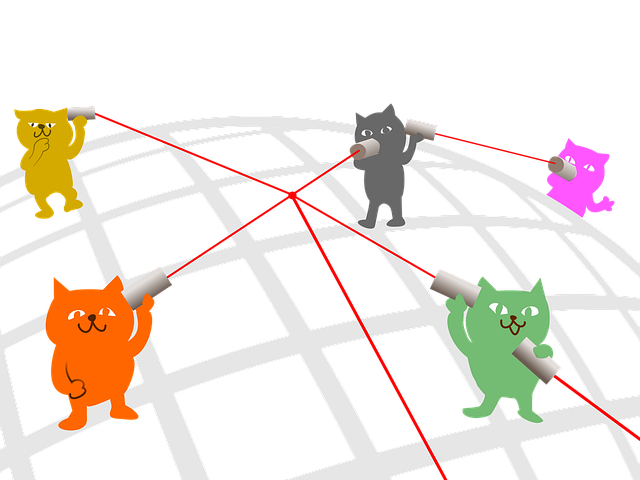Let’s start by defining ‘Telemedicine’…
It means “the remote diagnosis and treatment of patients by means of telecommunications technology.”
That’s a pretty broad definition – and could include anything from telephone consults on a specific health problem… to photos or video chats between a client and their doctor (including visual documentation of the ailment)… to chats about general health maintenance and monitoring.
Telemedicine is already gaining popularity in the world of human health… and there are predictions that veterinary medicine is next.
And although the technology is changing, telemedicine has already existed for veterinarians in some form or another for several decades…
As Dr. Charlotte Lacroix, of Veterinary Business Advisors, pointed out during a Telemedicine Panel Discussion at VMX this month…
…there are already many commonly-accepted situations in which the veterinarian-client-patient relationship (VCPR) isn’t followed exactly to a tee… some gray areas of interpretation…
For example, if the doctor who saw the patient is out of town when the owner calls for a refill of medicine… often, another doctor in the practice will evaluate the medical record, and then prescribe the refill, even though they’ve never seen the patient themselves…
Or, as another example, there is ‘teletriage’… the practice of accepting phone calls, listening to the client’s description of the pet’s ailment, and then advising them on whether or not they need to come in right away…
If you’ve ever worked on-call for emergencies… then you already know how often this occurs with clients/patients that we’ve never seen before, and therefore with whom we have no VCPR…
Of course, in these examples, it seems like common sense that it’s OK to proceed, and that we can make a legitimate evaluation of the patient’s needs… erroring on the side of caution and recommending that they come in, if there is any doubt at all as to the condition of the patient.
Telemedicine, in its newer forms, basically aims to expand on this.
Many veterinarians are concerned about the legality of telemedicine (and rightly so!).
However, as Dr. Lacroix points out, “Business drives innovation and the law is forced to evolve, too. An industry cannot keep out more cost-effective solutions.”
In other words, the laws often lag behind what is actually happening out in the world. Take, for example, Uber or Airbnb…
There was some worry that there could be legal implications for both of these companies… but so far, their risk has been minimal… and their profits have been phenomenal…
But of course, it’s not just about profits, either…
In many cases, telemedicine may allow us to provide better care for patients.
Sometimes, an owner might not be able to come in right away, or during normal business hours.
At both of the hospitals where I’ve worked, I couldn’t take time out of my workday to go for MY OWN dentist or other routine appointment. At times, it was even difficult to leave for urgent care when I was ill or injured…
So, why should we expect it to be any different for our clients? Some of them really can’t leave their jobs to come bring their pet to us during our office hours… or at least, they can’t do so without serious consequences, and thus may only do so if it’s a true emergency.
The old-fashioned ‘call-to-schedule-and-then-come-in-during-the-middle-of-your-workday’ model is just not ideal for many clients nowadays.
And besides that – many pet owners are looking to provide a high quality of care for their pets… but want to do so on their own time.
And who can blame them? We’re all busy, and for routine and non-urgent concerns (such as choosing a diet, discussing preventive care, or other general health questions), a pet owner might want to talk to a veterinarian rather than checking Dr. Google… but, they can’t find a veterinarian who’s available when they have the time to do it.
Of course, as I’m writing this, I realize it’s not as simple as it sounds… even though this type of care model may be adapted eventually, I’m sure it will probably feel like chaos and a lot of gray area during the transition, until telemedicine becomes more widely accepted.
However, in the meantime, it’s important to remember: wherever there is a strong consumer demand, the market will fill that void in some shape or form. So, it’s important for us to continue the discussion, so we can be ahead of the curve and ready to meet the needs of our clients and patients.

